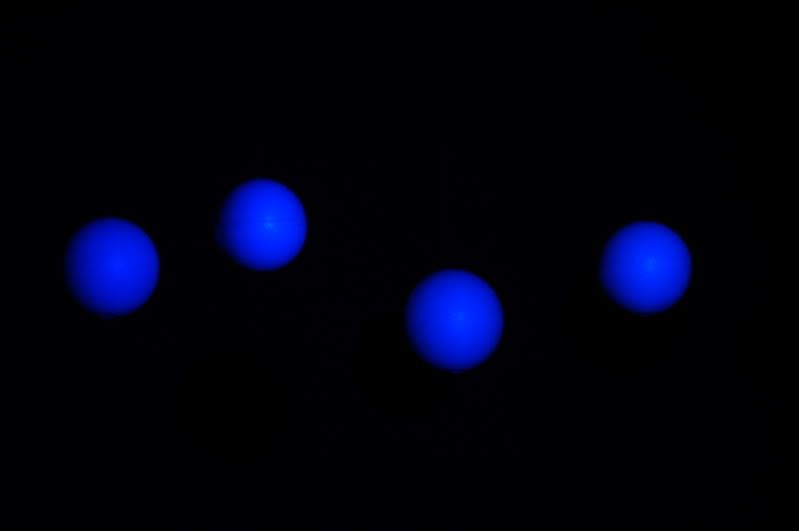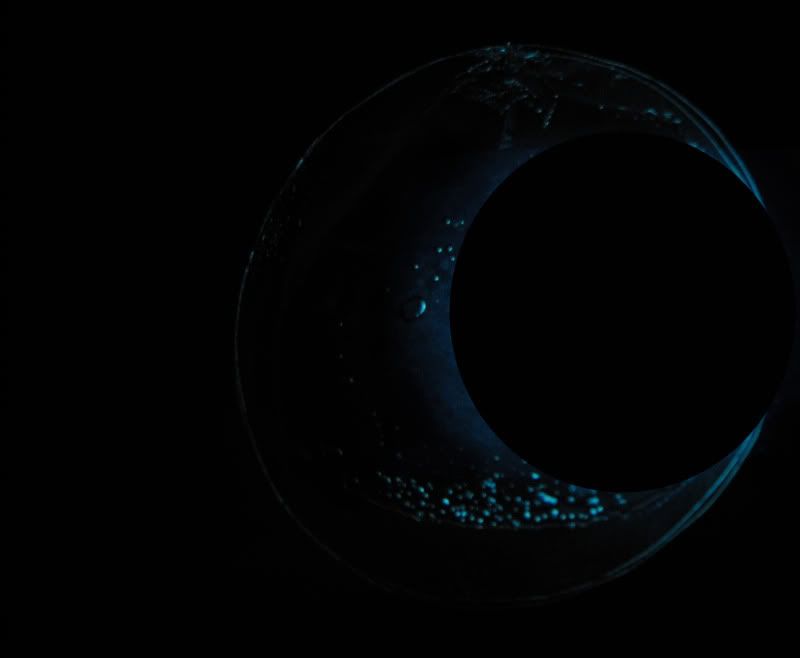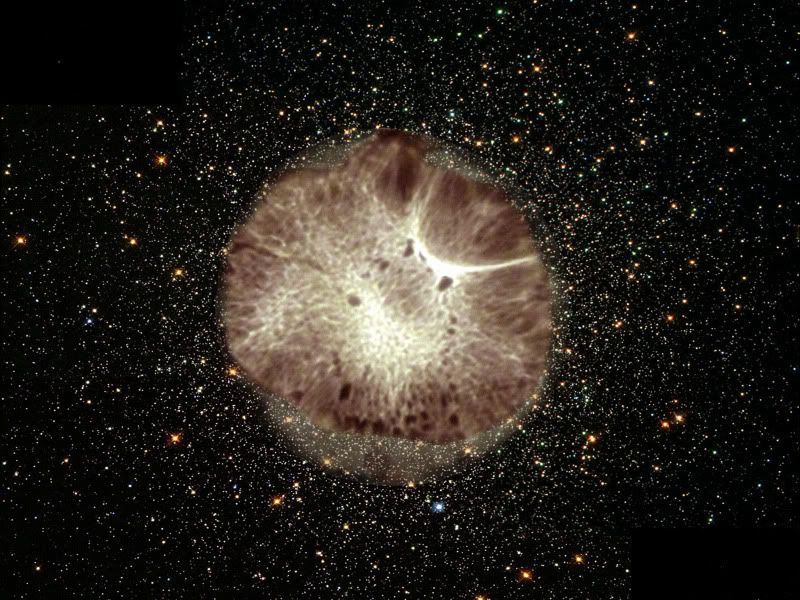Its been a while, but only because I have been so busy working!
Important announcement: I am writing this post on my brand new Macbook pro! My old laptop has almost completely seized up so it was time to get myself a new little companion. It has slowed this post down a lot because I'm missing things on this laptop that are only on the old one.
Painting Space Experiment
I rented out the brand new painting space for the Luxury show on the 3rd December.
It was such a kerfuffle to rent it because I had my heart set on the soundproof room on the 2nd floor, spent a day chasing technicians to book it only to find that they were refitting the sound equipment and there was absolutely no way I could use it.They suggested the film and video room but I really wanted a small space. I heard that a 3rd year had blacked out the ceiling of the painting space and managed to persuade a painter to leave it early for me.
It was such a shame that Luxury was cancelled due to snow, but I decided to go ahead anyway, and was a little relieved to not have the pressure of making a full installation. It was still really valuable to do as an experiment.
I found some really lovely paper balls that I bought a bunch of, they have a much nicer texture on the surface and are a warmer colour but they are a little small. I decided not to use them in the experiment because they would have hardly shown up in that sized room, and because the cleaner white of the polystyrene balls I found had a better glow to them when light hit them in the dark. (I'm going to use them for something else though)
Working out how to hang the balls was a tricky problem but it was made easier having the walls of the space to rest the frame onto. I went home for the weekend and my Dad got me a huge wooden pole which I cut down to just over 8 feet so that it was the right length to rest on the walls. It also made it just the right length to close the boot of my car which was lucky. I realised that the wooden board that I had used for my start of term exhibition piece was just the right size so I took my old work apart and started mapping out some orbits to arrange the spheres.
I set about putting together some basic footage to project onto the balls. My original plan had been to film the colour changes on the OHP as they had worked so well in the previous experiment, but I got really excited when I realised that I still had all the footage from when I made my Wonders of the Solar System video. I went through some episodes and kept the parts with planets and magnetic fields and things. I made a frame of seven circles of varying sizes in a line to was to go on top of the footage so that the only light projected would be hitting the spheres.
Here is the video that I projected onto the balls
When I mapped out the positions of the spheres I made sure that from one angle the balls were in a line that matched the edited footage. (roughly.) I couldn't be doing with being completely precise because I just wanted to see how it looked first!
I hammered little holes in the wood where the balls should go and threaded fishing wire through them that was attached to a needle neatly stuck into the top of the balls. It was pretty much the neatest way of hanging them that I could think of and it had worked well in the previous experiment.
After that I nailed the board to the wooden pole and after only 15 minutes or so of untangling the wires managed to get the frame in the right place in the room.
I had rented nearly all the AV store's blackout material and set about stapling it over the ceiling with the help of borrowed hammers and stapleguns and anyone i could persuade to join me. I now realise that the idea of doing that job by myself was more than a little ambitious.
Because I was no longer making a full installation I only covered the walls floor and ceiling of the far end of the space, which meant the balls were surrounded nicely.
I ended up dropping another idea I had had for the space which was to put sequins and glitter on the blackout material to create the space feel. I was hoping they would just catch the colours in the projection and make the whole room glow with the changing colours. (and not look like a crappy christmas card.) In the end the footage I used was mostly monochrome and I just didn't have the time to try it out.
I had spent a lot of time making glow in the dark orbits for the room. The idea came when I realised that there was nothing to link the hanging spheres together, and they may as well be arranged randomly. I wanted there to be a few circular orbits directly beneath them to clarify that they were meant to be orbiting. I planned to use another projector facing the floor but the logistics of arranging the projectors to cross beams was just too tricky, so I came to the conclusion that I would need to use glow in the dark paint. I tried to chase down some nice blue paint but ended up with Fielder's "white" stuff, which was disappointingly a revolting yellowy green colour when placed in the dark. I tried mixing blue ink with the paint and using it over the top of dried paint..

but it just stopped the paint from glowing. I spent hours trying to make perfect glowing circles, first with string and then with thinly cut paper, but it just didn't work very well so I didn't include it in the end.
I have SO MANY PHOTOS that I've just decided to put the good ones up unedited. Here is a link for all the photos.














And also here is a little video of the footage being projected.
When I projected still images they came out better on the camera because the camera could take more of it in, but the footage was better for an installation. It was interesting to see that instead of the balls being the focus, most people watched the back wall because it was more interesting to watch. I was pleased with how it all looked but its annoying that it took so much effort to get something so simple, especially as I had to take it down again pretty much straight away. What I really need at college is my own little pod, blacked out with completely adjustable lighting!!
The next stage for the project is that I will be a part of an exhibition in January with a group of mostly painters. We have rented out Acquire in Battersea and will be having a private view and a short exhibition. I will be exhibiting in one of the little enclosed spaces and may have a little wall space, so I need to work out what I can make for that leading on from what I've learnt and possibly make some 2D work. I'm in charge of designing the leaflet and poster.
Ideally for the exhibition I would like to make a small motorised solar system that interacts with mirrors..then there would be different alignments of the spheres all the time, and every time there was a gap in a specific place all the mirrors would suddenly light up for a second or so. There would also be all the stages of eclipses playing out on the surrounding walls. I can't really see myself making that before january but hopefully I can get some help and materials at home.
Realistically I think I will make a use a piece using either a digital or overhead projector. I'm limited because the AV store at college doesn't let you take equipment off site. I am thinking of using one of my old pieces.
I saw this the other day and had to post it up. It's amazing to find something that can be both beautiful and terrifying at the same time!
Elective
I did a few experiments along the theme of health and safety.


It was fun making these, but I have to say I started getting pretty nervous messing around with the petrol can - ridiculous I know considering I drive around with it in the boot of my car which is much more dangerous. In the last session I handed them around and was given a list of new experiments to do for my folder…
Metal in a microwave
Running with scissors
Plug in water
Sulphuric acid in a water bottle
Plastic bag on a child / on someones head
Eating out of date food
Necklace sweets on an electric wire
Rake at the bottom of stairs
Cigarettes (!)
Untied shoelaces
I have been looking at the work of Chris Burden and David Blaine along the theme of dangerous artwork.



I have also found a guy from my friend's foundation who made a relevant piece, which was projected footage of a swinging axe and then the place to view it from had a bar behind you forcing you close to the screen.
I spent a long time trying to think of a piece which involved the paradox of not being able to experience a work with the health and safety theme. I wanted the audience to be forced to make a decision that endangered themselves in order to experience the work, or that with audience input triggered a series of 'dangerous' events.


In the last session I showed my final idea which I will be making over the christmas holidays, my 'Paradox Box'

Basically it will be a small box with space to put your head inside, and a projector above the box that points to a mirror at one end. the mirror reflects the projected image to a screen at the other end of the box. When no one has their head in the hole, the system works and the image reaches the screen, but as soon as someone tries putting their head in the hole they interrupt the light beam and prevent the image from being projected. To add to the absurdity of the piece I am hoping to use a live feed of the person trying to view the work being projected. I'm not sure how to do a live feed though so I'll have to work that out.
Theodora




































